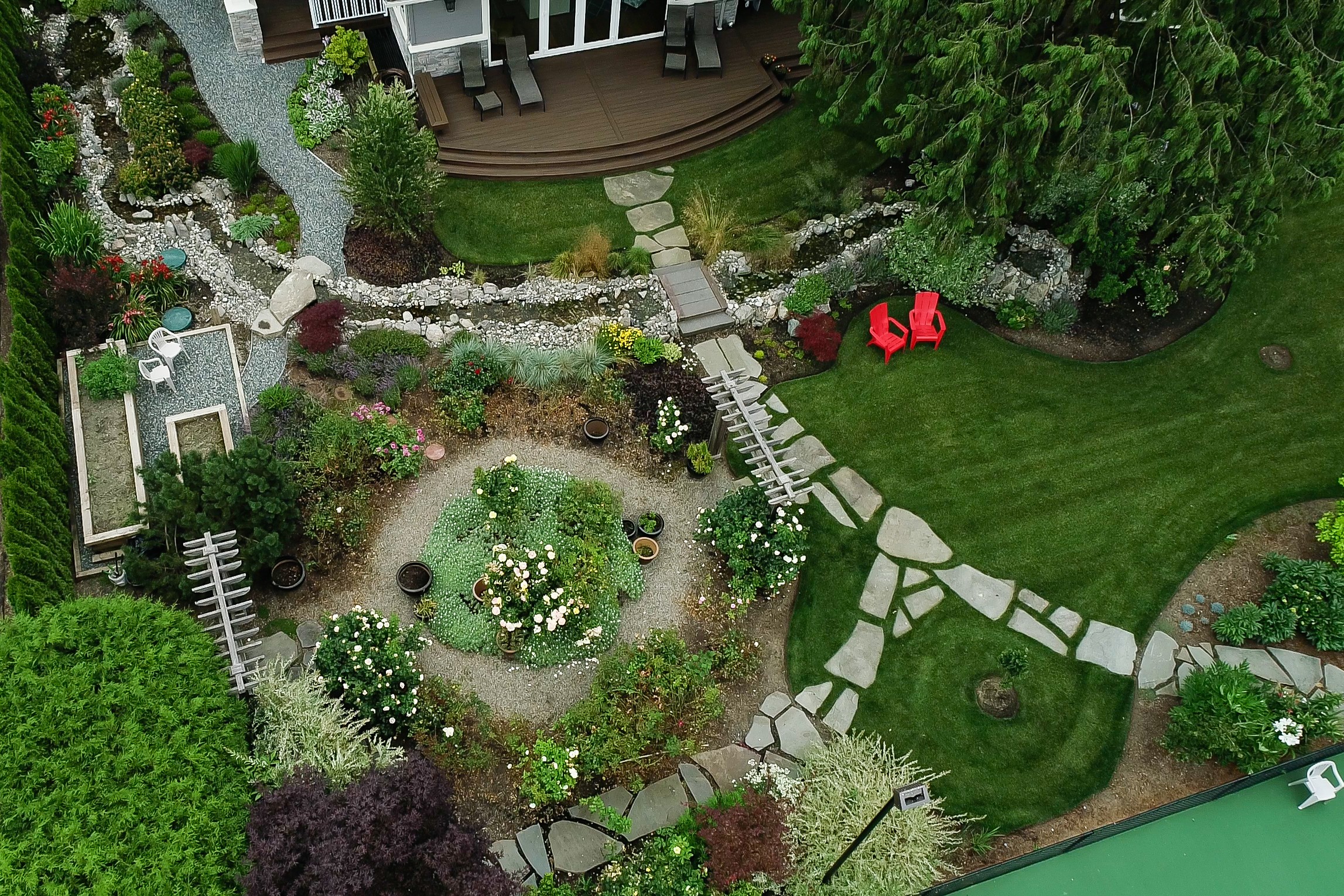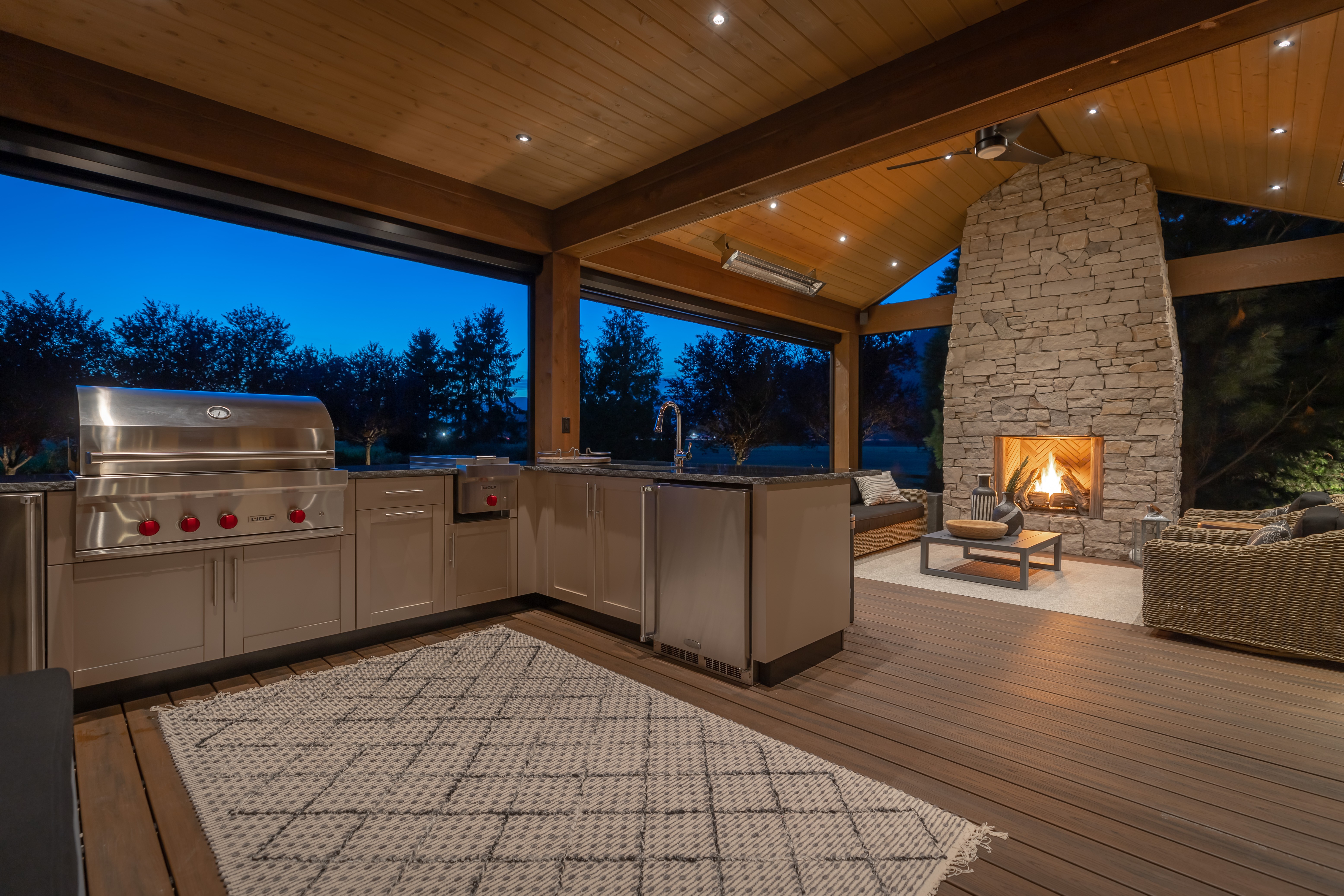
Five Benefits of Professional Landscape Design
Why your landscape project should always start with design
These hard-working plants are essential for your pond’s health.
Aquatic plants do more for ponds than provide aesthetics. They are living, breathing filters that keep your pond healthy and provide a habitat for fish and other pond residents. So you need to consider a mix that includes lilies, as well as floaters, submerged oxygenators and marginal plants.
If you’re not sure what these are, keep reading. I’ll explain each class of plant and how it benefits your pond, plus a few of our favourites to help you get started!
Water lilies are a favourite among pond owners and water gardeners, but their benefits go beyond their obvious beauty.
Hardy water lilies are dependable and easy to grow, making them a good choice for even novice gardeners. And since they’re perennials, you can leave them in your pond over the winter.
If you’re interested in adding some variety, tropical lilies can also be added to your pond during the summer, but make sure to bring them in when the weather turns cold. They aren’t hardy and won’t survive a cold Canadian winter if left in your pond.
Also known as floaters, these aquatic plants naturally grow and float on the water’s surface without needing to be rooted or planted in soil. They benefit a pond by providing shade, absorbing nutrients and giving shelter to fish and other aquatic organisms. Some examples of floaters that suit the climate of British Columbia include:
Water Lettuce has rosettes of light green, velvety leaves that float on the water's surface. It helps by providing shade and refuge for fish, reducing algae growth and absorbing excess nutrients from the water. But be warned — it’s a vigorous grower and can be invasive if left to its own devices — so be sure to keep it contained.
Water Hyacinths are known for their attractive purple or blue flowers and rounded glossy leaves. In addition to adding aesthetic value to your pond, their intricate root structure is a good spawning area for fish. They also provide shade and improve water quality in your pond — but like water lettuce, they reproduce quickly and need to be controlled.
Fairy Moss is a small floating fern with delicate fronds that cover the water's surface. It helps to reduce algae growth, provide shade, and improve water quality and its bright green leaves darken to a beautiful purple-red in the fall, adding interest to your garden. Koi and other fish love to nibble on its leaves — good thing it’s a fast-grower too!
Duckweed consists of tiny floating leaves that form dense mats on the water's surface. It’s excellent at absorbing excess nutrients and provides cover for fish and other aquatic organisms. It’s able to withstand a wide range of temperatures and is happiest floating in still waters and full sun. Be aware though… at times it can be a bit invasive.
These underwater plants act as a filtration system, absorbing excess nutrients from the water and releasing oxygen, making them vital for your pond’s health. They also provide a natural habitat for fish who love to shelter among the foliage.
Some plants to consider are Canadian Waterweed, Water Starwort and Parrot’s Feather. These oxygenators compete with algae and absorb excess ammonia, nitrates and other waste that turn your water green — but like other aquatic plants, they are fast-growers and need to be monitored or contained to keep them from taking over your pond.
Marginal plants are the ones you see hugging the water’s edge. They thrive in shallow water and provide shelter for frogs and other wildlife.
Using a combination of textures, colours and height — including small, water-loving shrubs and trees — will add visual interest to your pond and can give it a natural feel. Popular choices include Blue Iris, Bulrushes, Creeping Jenny, and Marsh Marigolds.
Choosing the best plant for your garden pond can be a challenge, especially when you live in British Columbia. Cold winters, fluctuating water levels, varying sunlight and potential water quality issues should all be carefully considered.
If you’re interested in learning more or finding inspiration, schedule a consultation. We’d be delighted to help you create the perfect pond!

Why your landscape project should always start with design
The top five benefits of working here… and why our culture rocks!
Bring the soothing sound of water to your backyard
The five traits that are sure to lead to a great design
Five reasons why it’s worth paying for a professional design
Where to start, what appliances to choose and four major details you can’t miss.







